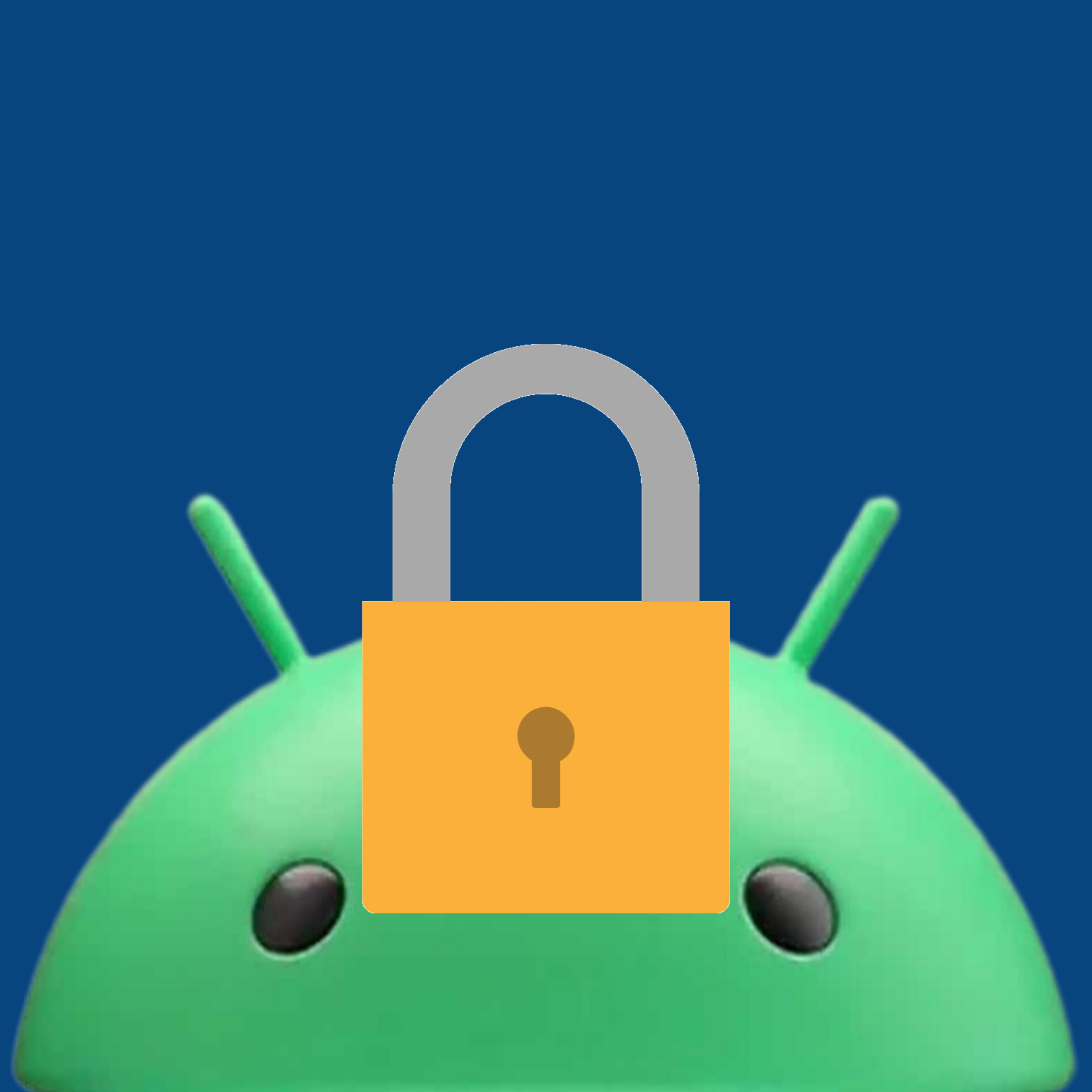

Convenience (after you install it, all you have to do is enter the code and you’re connected, no other setup required), familiarity (it’s the default name people will think of or find if they want remote access - that alone means they can get away with pushing their users slightly more) and - IMHO most importantly - connectivity: if two computers can connect to the TeamViewer servers, they will be able to connect to each other.
That’s huge in the world of broken Internet where peer to peer networking feels like rocket science - pretty much every consumer device will be sitting behind a NAT, which means “just connecting” is not possible. You can set up port forwarding (either manually or automatically using UPnP, which is its own bag of problems), or you can use IPv6 (which appears to be currently available to roughly 40% users globally; to use it, both sides need to have functional IPv6), or you can try various NAT traversal techniques (which only work with certain kinds of NAT and always require a coordinating server to pull off - this is one of the functions provided by TeamViewer servers). Oh, and if you’re behind CGNAT (a kind of NAT used by internet providers; apparently it’s moderately common), then neither port forwarding or NAT traversal are possible. So if both sides are behind CGNAT and at least one doesn’t have IPv6, establishing a direct link is impossible.
With a relay server (like TeamViewer provides), you don’t have to worry about being unable to connect - it will try to get you a direct link, but if that fails, it will just act as a tunnel and pass the data between both devices.
Sure, you can self host all this, but that takes time and effort to do right. And if your ISP happens to use CGNAT, that means renting a VPS because you can’t host it at home. With TeamViewer, you’re paying for someone else to worry about all that (and pay for the servers that coordinate NAT traversal and relay data, and their internet bandwidth, neither of which is free).



Right, now get a borderline computer-illiterate person to connect to your network, ensure their firewall isn’t misconfigured to block all incoming traffic (with TeamViewer, this configuration would still work because the device just connects to the TV server) and open and set up a completely separate screen sharing program.
I know none of these steps are difficult if you have any idea what you’re doing, but I’ve met plenty of people who would most likely need assistance going through the motions. Funnily enough, the best way to do it remotely would probably be to get them to install TeamViewer to then set this up for them remotely.
By the way, as far as networking goes, Tailscale does the same thing TeamViewer does, just for a VPN instead of a screen sharing application - it will try to do all the NAT punchthrough techniques and IPv6 connection and fall back on tunneling through relay servers if all else fails. It’s not any more of a direct connection than TV.